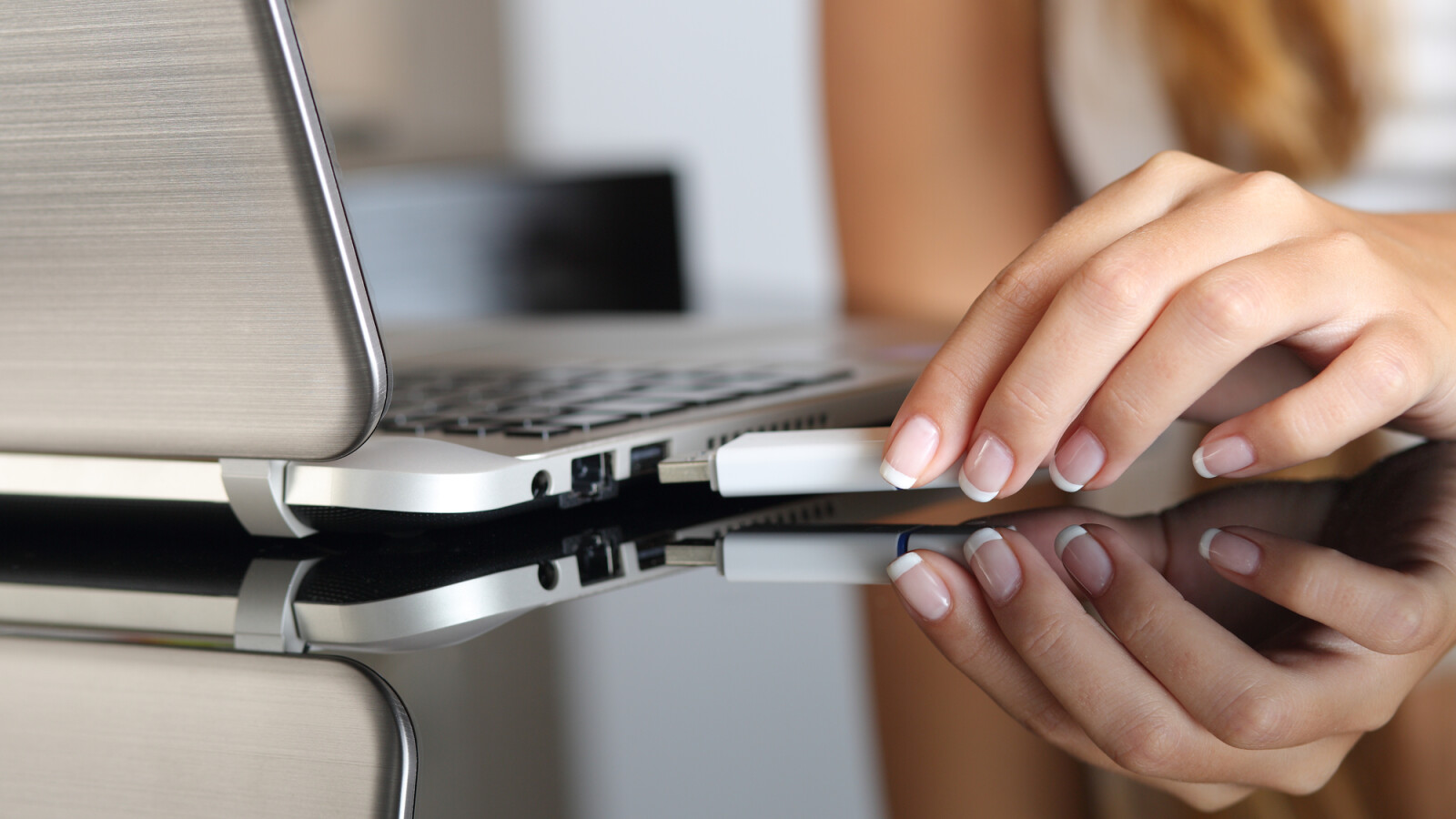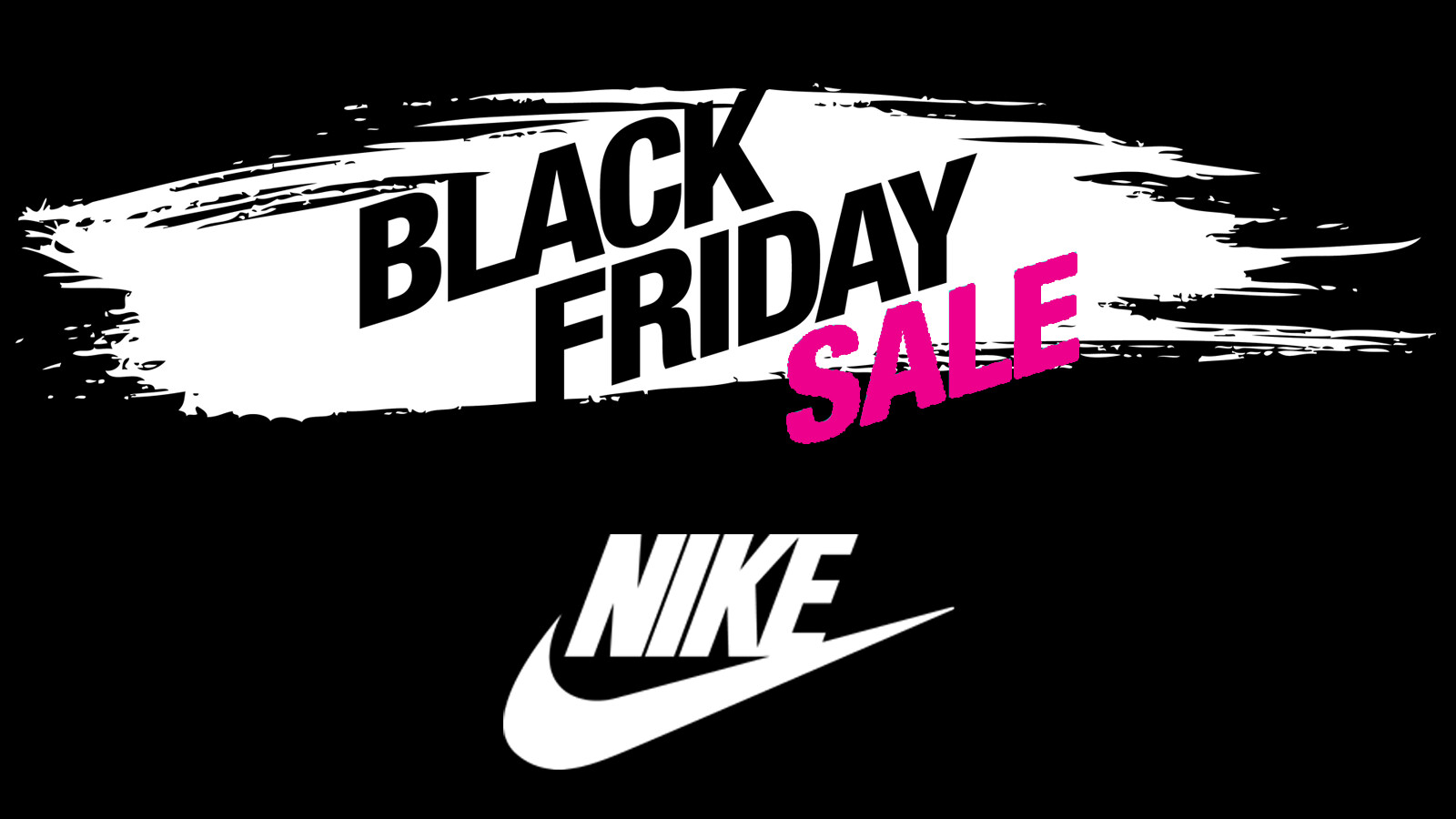For decades we have been told to eject the USB stick first and then remove it. But is this step really still necessary? We’ll explain.

A USB stick should be ejected beforehand, otherwise there is a risk of data loss. (Source: AntonioGuillemF/depositphotos.com)
- Why do USB sticks need to be ejected before removal?
-
How Microsoft handles the problem in Windows
-
Be careful with other operating systems
It is probably one of the first things that many people learnt when using computers: When external data storage devices, such as USB sticks, are connected to the PC, they must be ejected via the operating system before being removed from the USB port – otherwise there is a risk of data loss.
But more than forty years after the release of the first mass-produced PC, things are a little different. We explain in which cases you still have to stick to the doctrine and why that is the case.
Why do USB sticks need to be ejected before removal?
To understand why it has been considered necessary for many years to eject a USB stick before removing it, we need to take a little excursion into computer science – more specifically, into how Windows handles data transfers. For several generations of Windows, two so-called removal policies have been available for external drives under Windows – “Better performance” and “Quick removal”.
With the “Better Performance” option, data transferred from a computer to the drive is not moved directly from the drive or internal memory of the PC to the external drive (in our case, a USB stick). Instead, files are first moved to a faster intermediate storage area – a so-called cache – from which the files can be transferred to the USB stick more quickly. This ensures faster transfer rates overall.
However, there is a disadvantage to this variant. Even if Windows indicates that the data has been completely transferred after a copying process, the exchange continues in the background for a few moments and the computer is in constant communication with the drive. This can mean that not all data has been transferred to the drive after a copying process.
Since it is never possible to predict how long the two devices will continue to communicate with each other, if the storage device is removed prematurely, there is a risk that parts of the files will be incomplete and therefore cannot be opened. Therefore, when using “Better performance”, it is always advisable to eject the drive in Windows using the “Safely Remove” function before removing it. This will complete all transfer processes and the device can be safely removed.
Since 2018: “Safely Remove” under Windows is no longer necessary
Until the Windows 10 October 2018 update, the Microsoft operating system used the “Better performance” removal policy for all drives by default. But since the update, Windows has instead used the second option, “Quick removal” – for all external drives, as long as the user has not made any o ther settings. With this option, the cache memory mentioned is not used and the data is instead transferred directly to the external drive.
This does mean that transfer rates are marginally slower on most devices. However, when using the “Quick Removal” removal policy, all file operations are completed immediately, meaning there is no longer any risk of parts of the data not being transferred in time before removal. This means that your data is completely safe and you can remove the USB stick immediately after copying has finished. However, you should still not do this while data is being transferred.
Be careful with other operating systems
But be careful: The “Quick Removal” removal policy only exists under Windows. Under macOS and also in the vast majority of Linux distributions, a system is used instead that works similarly to Windows’ “Better Performance”. If you use one of these operating systems on your computer, you should continue to only remove USB sticks and other drives if you have previously ejected them.
On macOS and Linux, you can do this by right-clicking on the drive in the Finder (or in the file manager of your Linux distribution) and selecting “Eject”. On macOS, you can also use the keyboard shortcut Command + E.
- » Tipp: The best VPN providers for more security and data protection
- » Buy a balcony power plant: Comparison of the best solar systems
Don’t miss anything with the NETWORK-Newsletter
Every Friday: The most informative and entertaining summary from the world of technology!








